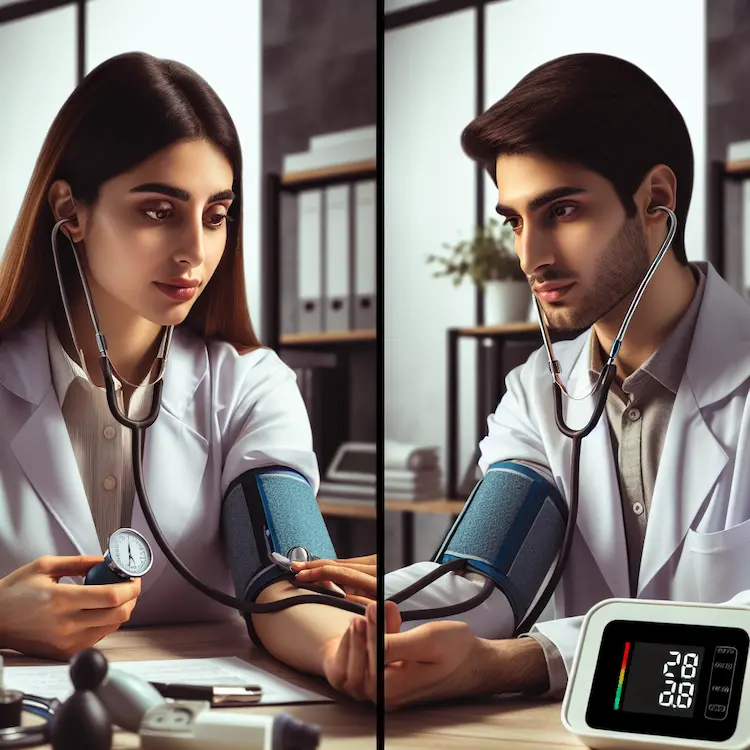Hypertension, commonly known as high blood pressure, is a prevalent and potentially dangerous medical condition affecting millions of people worldwide. This article will explore the definition, symptoms, risks, and management of hypertension, providing valuable insights for better understanding and control of this silent killer.
Hypertension occurs when the force of blood pushing against the walls of your arteries is consistently too high. Blood pressure is measured in millimeters of mercury (mm Hg) and is recorded as two numbers:
A blood pressure reading is typically expressed as systolic pressure over diastolic pressure. For example, 120/80 mm Hg is considered normal blood pressure for adults.

The following table outlines the different blood pressure categories according to the American Heart Association:
| Category | Systolic (mm Hg) | Diastolic (mm Hg) |
|---|---|---|
| Normal | Less than 120 | Less than 80 |
| Elevated | 120-129 | Less than 80 |
| Stage 1 Hypertension | 130-139 | 80-89 |
| Stage 2 Hypertension | 140 or higher | 90 or higher |
| Hypertensive Crisis | Higher than 180 | Higher than 120 |
One of the most concerning aspects of hypertension is that it often presents no noticeable symptoms, earning it the nickname “silent killer” Most people with high blood pressure are unaware of their condition, which is why regular blood pressure checks are crucial.
In rare cases, when blood pressure reaches extremely high levels (180/120 mm Hg or higher), individuals may experience:
It’s important to note that these symptoms typically occur only in hypertensive crisis situations, which require immediate medical attention.
Several factors can increase your risk of developing hypertension:
If left untreated, hypertension can lead to severe health complications affecting various organs:

Diagnosing hypertension involves regular blood pressure measurements. Healthcare providers typically take multiple readings over time to confirm a diagnosis Additional tests may include:
Effectively managing hypertension often involves a combination of lifestyle changes and medication.
When lifestyle changes alone are insufficient, medication may be necessary. Common types of antihypertensive drugs include:
The choice of medication depends on various factors, including the patient’s age, race, and underlying health conditions. It’s essential to work closely with a healthcare provider to find the most effective treatment plan.
Hypertension is a widespread and potentially dangerous condition that often goes unnoticed due to its lack of symptoms. Regular blood pressure checks, especially for those at higher risk, are crucial for early detection and management. By adopting a healthy lifestyle and following prescribed treatments, individuals can effectively control their blood pressure and reduce the risk of severe complications. Remember, prevention and early intervention are key to maintaining cardiovascular health and overall well-being.